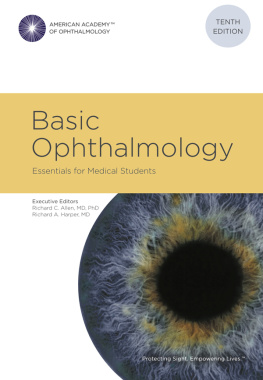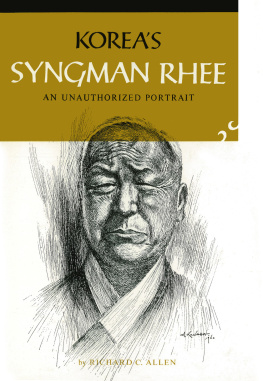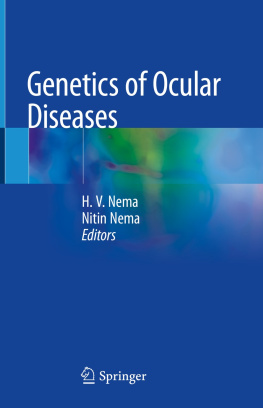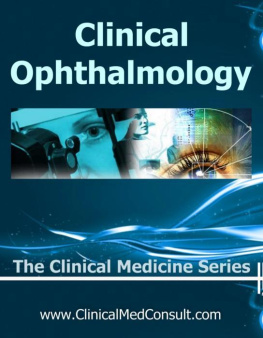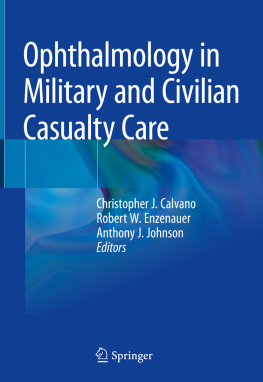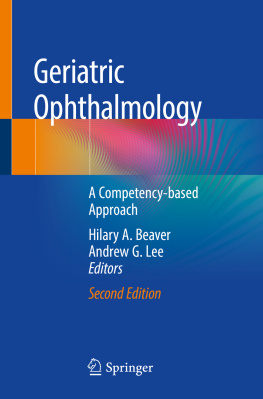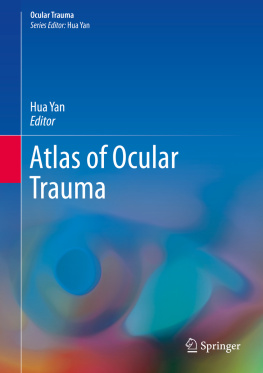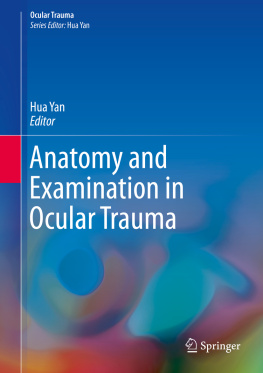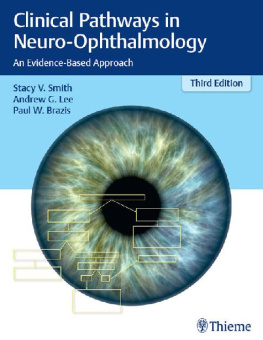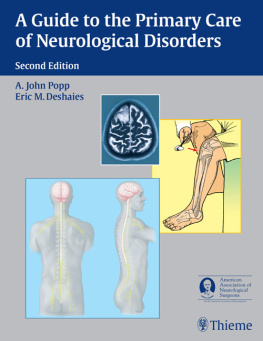

American Academy of Ophthalmology
655 Beach Street
P.O. Box 7424
San Francisco, CA 94120-7424
Clinical Education Secretaries
Louis B. Cantor, MD, Senior Secretary for Clinical Education
Christopher J. Rapuano, MD, Secretary for Ophthalmic Knowledge
Ophthalmology Liaisons Committee
Samuel P. Solish, MD, Chair
Richard C. Allen, MD, PhD
Rebecca Sands Braverman, MD
Humeyra Karacal, MD
Joseph T. Nezgoda, MD, MBA
Martha P. Schatz, MD
Howard S. Weiss, MD
Diana J. Shamis, COMT, Consultant
Academy Staff
Dale E. Fajardo, Vice President, Education
Beth Wilson, Director, Continuing Professional Development
Daniel Mummert, Director, Online Education
Susan R. Keller, Acquisitions Editor
Kim Torgerson, Publications Editor
D. Jean Ray, Production Manager
Jasmine Chen, Manager, E-Learning
Donna Scism, E-Editor/Proofreader
Eric Gerdes, Interactive Designer
Debra Marchi, Administrative Assistant
The Academy provides this material for educational purposes only. It is not intended to represent the only or best method or procedure in every case, nor to replace a physicians own judgment or give specific advice for case management. Including all indications, contraindications, side effects, and alternative agents for each drug or treatment is beyond the scope of this material. All information and recommendations should be verified, prior to use, with current information included in the manufacturers package inserts or other independent sources, and considered in light of the patients condition and history. Reference to certain drugs, instruments, and other products in this publication is made for illustrative purposes only and is not intended to constitute an endorsement of such. Some materials may include information on applications that are not considered community standard, that reflect indications not included in approved FDA labeling, or that are approved for use only in restricted research settings. The FDA has stated that it is the responsibility of the physician to determine the FDA status of each drug or device he or she wishes to use, and to use them with appropriate informed patient consent in compliance with applicable law. The Academy specifically disclaims any and all liability for injury or other damages of any kind, from negligence or otherwise, for any and all claims that may arise out of the use of any recommendations or other information contained herein.
AAO, AAOE, American Academy of Ophthalmology, Basic and Clinical Science Course, BCSC, EyeCare America, EyeNet, EyeSmart, EyeWiki, Focal Points, IRIS, ISRS, OKAP, ONE, Ophthalmic Technology Assessments, Ophthalmology, Preferred Practice Pattern, ProVision, SmartSight, The Ophthalmic News & Education Network, and the AAO logo (shown on cover) and tagline (Protecting Sight. Empowering Lives) are, among other marks, the registered trademarks and trademarks of the American Academy of Ophthalmology.
Copyright 2016 American Academy of Ophthalmology. All rights reserved.
Financial Disclosures
Authors, reviewers, and academy staff members who contributed to the development of this product state that within the 12 months prior to their contributions to this book and for the duration of development, they have had no financial interest in or other relationship with any entity discussed in this course that produces, markets, resells, or distributes ophthalmic health care goods or services consumed by or used in patients, or with any competing commercial product or service.
Library of Congress Cataloging-in-Publication Data
Names: Allen, Richard C. (Richard Cutler), 1965- editor. | Harper, Richard A., 1958- editor. | American Academy of Ophthalmology, issuing body.
Title: Basic ophthalmology : essentials for medical students / Richard C. Allen, Richard A. Harper, executive editors.
Other titles: Basic ophthalmology (Bradford)
Description: Tenth edition. | San Francisco, CA : American Academy of Ophthalmology, [2016] | Includes bibliographical references and index.
Identifiers: LCCN 2016020313 | ISBN 9781615258048 (alk. paper)
Subjects: | MESH: Eye Diseases--diagnosis | Diagnostic Techniques, Ophthalmological
Classification: LCC RE46 | NLM WW 141 | DDC 617.7--dc23 LC record available at https://lccn.loc.gov/2016020313
Printed in the United States of America
20 19 18 17 161 2 3 4
PREFACE
Basic Ophthalmology: Essentials for Medical Students is an ideal complement to the medical student curriculum and a key text for primary care providers and residents who want to broaden their knowledge of eye disease diagnosis and treatment. The book describes how to obtain an appropriate ocular history and perform a complete eye evaluation. From the history and clinical findings, the clinician should be able to diagnose and manage or refer common ocular disorders such as vision loss, red eye, ocular and orbital injuries, and amblyopia and strabismus. This edition includes content updates as well as a new chapter on eyelid, orbital, and lacrimal disease. Other features include 140+ figures, access to 19 video clips, key points to remember, sample problems to test knowledge, plus updated annotated resources. Where appropriate, tables are presented to summarize textual information and facilitate study.
Population growth in persons 65 years and older in the United States is placing increasing demands on primary care providers to manage age-related disease. Because many ocular disorders are more prevalent in this age group, primary care providers will need to have a solid understanding of the most commonly encountered disorders so that patients conditions will be effectively diagnosed, treated, and/or referred. To complicate this situation, there has been a decline in the number of medical schools requiring a formal ophthalmology rotation, thus reducing the opportunity for medical students to obtain this essential information. Fortunately, many ophthalmology departments around the country are taking an active role in reemphasizing the importance of ophthalmology in the medical student curriculum. Basic Ophthalmology provides an excellent resource for this effort, by establishing curricular content and later acting as a ready reference for practitioners encountering patients with ocular disorders.
This book can be used in a variety of settings. The concise presentation of information makes it ideal for brief ophthalmology rotations. If greater time is available, the resources can be consulted for more detail. This book is intended to be a flexible instrument that summarizes the important concepts, techniques, and facts of ophthalmology for nonophthalmic physicians and residents, especially those in primary care. The Ophthalmology Liaisons Committee anticipates that medical students will use this book in conjunction with comprehensive texts and other related resources listed at the end of each chapter.
New to this edition are videos related to topics covered in the book (see Chapters 1, 3, 6, 7, 9, and 10). The videos are available to readers of the print and electronic versions at www.aao.org/basicvideo. For the print version, mobile-device users can scan the QR codes shown in text (a QR-code reader must already be installed on the device) to access the video content. In addition, you are invited to test your knowledge of anatomy through interactive versions of some figures in this book. Visit www.aao.org/basicinteractive.
Next page
